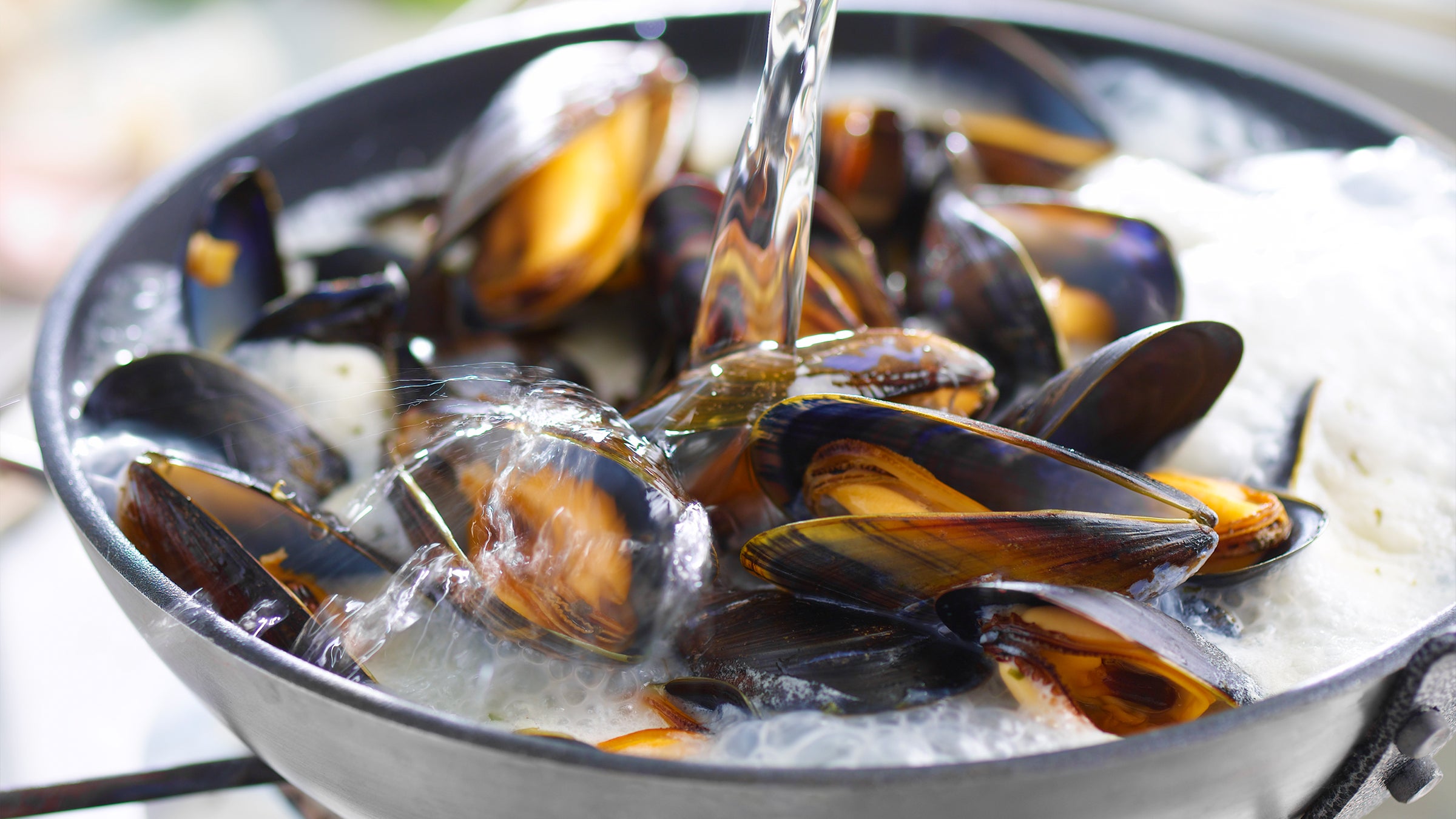The 5 Cheapest Superfoods

If you’ve been experiencing more pain at the checkout counter lately, you’re not alone. Food prices for everything from bread to eggs to meat have been on the rise with another 1 to 2% hike expected for 2021, according to the U.S. Department of Agriculture. But with some smart shopping, you can certainly stay on track financially without any surprises at the register. The key is to target foods that provide high amounts of nutrition for the least amount of cash. Penny-pinchers rejoice — these easy-to-find, healthy foods won’t leave you hungry or broke.
1. Lentils
Average Price: $2.79 for a 1-pound bag (dried lentils)
Embracing the plant-based trend? Then be sure to load up on crazy cheap lentils. Lentils are high in protein and fiber (12 grams protein and 9 grams fiber per ½ cup cooked green lentils), which makes them great for your heart and for keeping you feeling full. Other nutrition highlights include plenty of magnesium, phosphorus, iron and folate, a B vitamin linked to a lower risk for diabetes. They are also really quick and easy: they cook up in only about 20 minutes and don’t require any soaking. Choose whole black, green or brown lentils which are more fiber-rich than the red variety, and then add them to salads, soups and veggie burgers.
2. Flaxseed
Average Price: $3.89 for a 1-pound bag
While flaxseeds have been eclipsed by fancier health foods recently, this classic superfood delivers a huge nutritional bang for your buck. Flax is high in the essential omega-3 fat alpha-linolenic acid to help combat inflammation in the body. As a fiber heavyweight, flax supplies 3 grams in a mere tablespoon serving, much of which is soluble fiber. When soluble fiber interacts with gastric liquids during digestion it forms a gel to slow down digestion to help keep you feeling full and maintain blood sugar levels on an even-keel for sustained energy levels. Bonus: you also get healthy amounts of magnesium, a must-have mineral necessary for maintaining bone strength. Just remember, flaxseeds are best consumed ground because the hard shell of the whole seed resists digestion making it difficult to tap into the nutrition bounty within. Work the ground seeds into oatmeal, yogurt, smoothies, pancakes and DIY energy bars and balls.
3. Mussels
Average Price: $3 for 1 pound
The poor man’s oyster is a triple threat from the fishmonger: much cheaper than most other seafood options, a cinch to cook and ultra-nutritious. The boatload of nutritional benefits in the oft-overlooked shellfish includes omega-3 fats, protein, the antioxidant selenium and vitamin B12 for proper nervous system functioning. Oh, and mussels are about the most sustainable seafood option out there as they actually clean the water they are farmed in and can thrive when raised in close quarters without drugs like antibiotics. Perfect for easy cooking, all you need to do is steam 1 to 2 lb mussels in 1 to 2 cups of liquid such as water, broth, tomato juice, wine or coconut milk until they open up.
4. Edamame
Average Price: $3.50 for a 12-ounce bag
Steer your shopping cart toward the frozen food section and reach for a bag of these immature, green soybeans. For few calories (about 100 in a 3-ounce serving of shelled beans) you get a nutrition payload including plant-based protein, fiber, folate, energizing iron, blood pressure-lowering potassium, antioxidant phytoestrogens and vitamin K, which improves heart functioning. Few soybeans grown to be edamame are genetically modified, but we suggest choosing organic to guarantee non-GMO status. Boil a few handfuls for a mega-nutritious snack or add shelled edamame to soups, salads and dips (hello, mockamole).
5. Red Cabbage
Average Price: $2.50 per head
We know what you’re thinking…cabbage, really? You can’t get more basic than that. But this cruciferous veggie is one of the best deals in the produce section and at the farmers’ market, full stop. A hearty head of cabbage can last weeks in the fridge — the same can’t be said for those pricey microgreens. Nutritional triumphs include huge amounts of immune-boosting vitamin C and bone-strengthening vitamin K. The red variety also supplies the same longevity-boosting anthocyanin antioxidants found in dark berries. Use it in stews, slaws and even spring rolls.
Related: